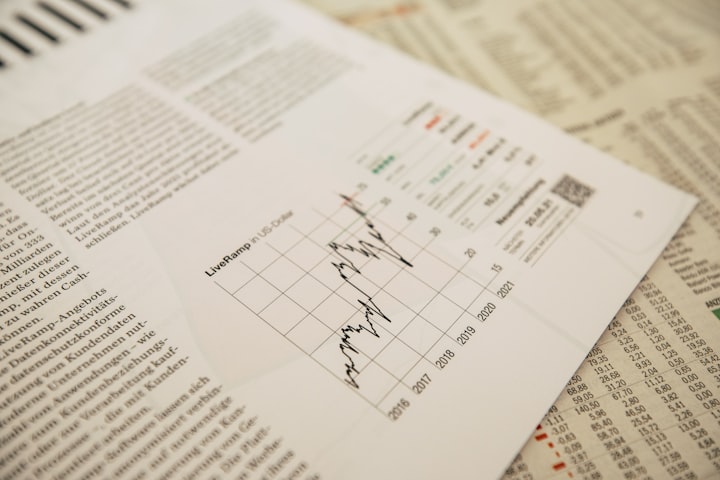The rule of Demand and Supply
Demand and supply

In business, the basic law of supply and demand can be used in a more differentiated way to understand how much a product consumers buy at different prices and quantities and how you can offer more on the market to maximize your income. The whole purpose of using the concept of "supply and demand" is to organize our thinking about various changes and their impact on market prices. With changes such as consumer preferences and the availability of certain resources, we can go through the effects that supply and demand have on a particular product or service so that we can assess the final impact on the market price.
One of the functions of a market is to find an equilibrium price that balances supply and demand for a good or service. An equilibrium price is a price at which producers can sell the products they want to produce and consumers can buy the goods they demand. You can use a demand/supply curve to assess the potential impact of price changes for a product or service and think of how changes in demand or supply might affect your business.
When product prices rise, producers are willing to produce more products to make higher profits. The price of goods is rising because, apart from a few arcane situations, demand for goods will fall.
The following figure shows the fundamental relationship between the price of a commodity and its demand from the point of view of the consumer. The demand curve (the amount of a commodity in demand) depends on price and many other factors such as the price of other commodities, consumer income and preferences, and seasonal effects. The supply curve (the number of goods supplied to the market) is based not only on the prices available on the market but also on many other factors such as the price of replacement products, production technology, availability and labour costs, and other production factors.
A supply curve traces the number of goods that sellers can produce at different prices. If the quantity and price are the same, a shift in the demand curve shows the fact that the supply curve has not moved away from equilibrium, even if quantity and price are different as a result of a change or shift in demand.
If demand rises and supply remains unchanged, this results in a higher equilibrium price and a higher quantity. If demand falls but supply remains unchanged, this will lead to lower equilibrium prices and lower volumes. The market assumes that all other factors influencing demand are constant and that the price of the commodity increases with the price, leading to a decline in demand for the commodity.
The supply law says that in demand when the price rises, the quantity of a product decreases and vice versa. The market is in equilibrium and the function of the market is to equalize demand and supply by the price mechanism. To determine the price and quantity of goods on the market, we must find the point at which consumer demand corresponds to the quantity that suppliers are prepared to supply.
The Supply curve functions similarly, but from the perspective of the producer and consumer looks at the relation between the price and the available supply of an item. The supply law states that the quantity of goods supplied (the quantity offered by the owner or producer for sale) increases when the market price rises and falls when it falls. Instead of dictating the price of a product as it is determined by the market, suppliers are faced with the choice of how much they produce at a certain market price.
A shortage occurs when the demand exceeds the supply; in other words, the price is too low. A surplus occurs when prices are too high and demand falls while supply is available. Consumers prefer to buy more when other goods are cheaper.





Comments
There are no comments for this story
Be the first to respond and start the conversation.